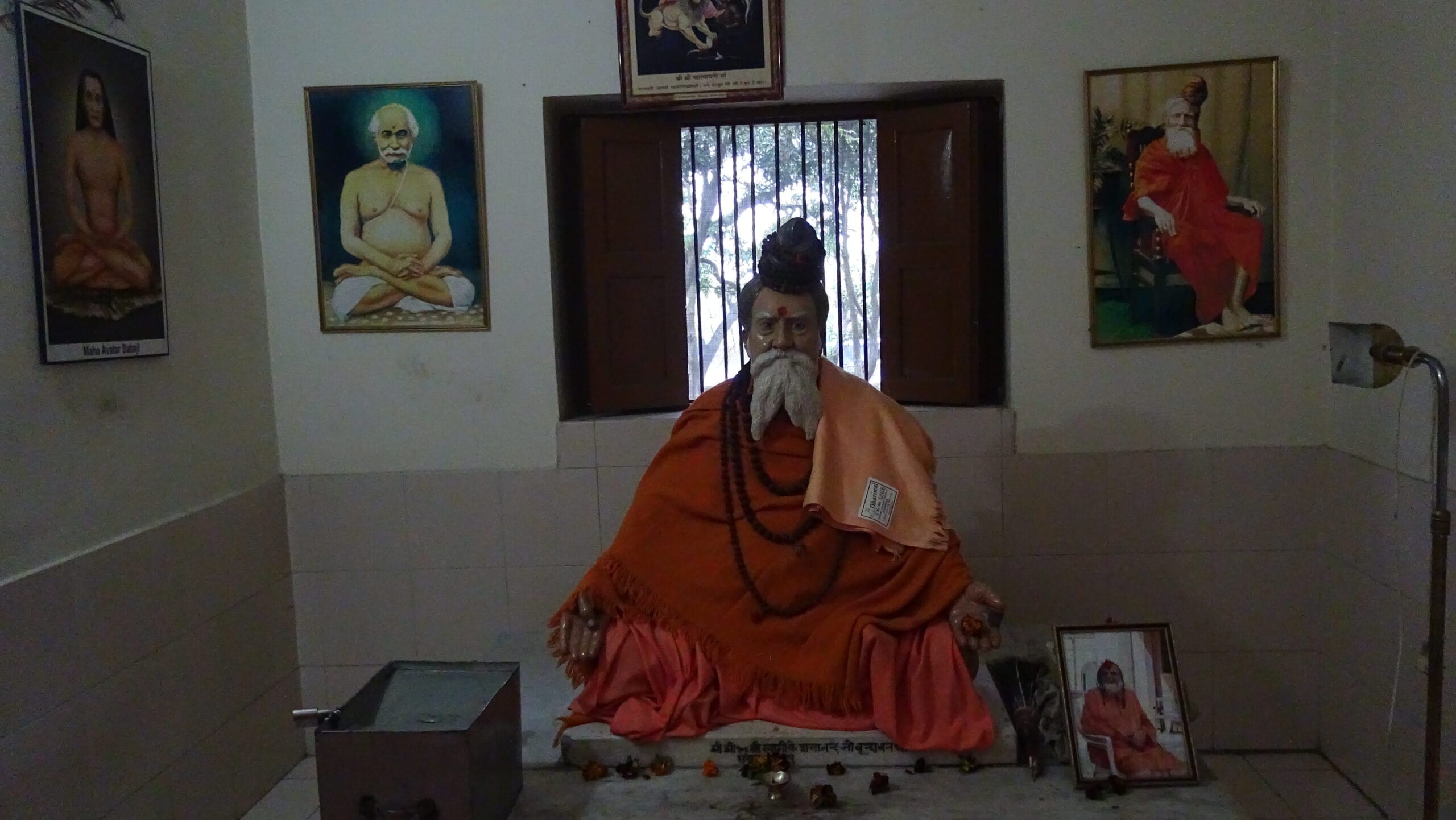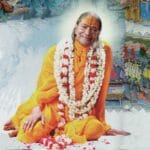Lahiri Mahasaya, the “Householder Yogi,” brought the ancient science of Kriya Yoga to the modern world, empowering countless individuals to achieve self-realization while living ordinary lives. His life story, intertwined with miraculous accounts and profound spiritual teachings, continues to inspire seekers on their paths to inner peace and self-discovery. This article explores the life, teachings, and enduring legacy of this pivotal figure in modern spirituality.
The Life and Transformation of Lahiri Mahasaya
Born Shyama Charan Lahiri on September 30, 1828, in Ghurni, West Bengal, India, Lahiri Mahasaya’s life took an unexpected turn in 1832 when his mother perished in a flood, prompting his family to relocate to Varanasi. There, he received an education steeped in philosophy, Sanskrit, and English. In 1846, he married Kashimoni, whom he later taught to read, demonstrating his commitment to education and empowerment. He worked as a clerk and tutor, showcasing his ability to balance worldly responsibilities with spiritual pursuits.
This seemingly ordinary life transformed dramatically in 1861. While walking in the Himalayan foothills near Ranikhet, where he had been transferred for his government job, Lahiri Mahasaya encountered the legendary Mahavatar Babaji. This meeting was not a chance occurrence; it was, perhaps, a destined reunion planned across lifetimes. Babaji initiated him into the ancient practice of Kriya Yoga, instructing him to revive and disseminate this powerful technique. This encounter marked the beginning of Kriya Yoga’s resurgence in the modern world. To understand his philosophy better, you can compare it with other philosophies like the Meister Eckhart philosophy.
The Essence of Kriya Yoga
Kriya Yoga, as taught by Lahiri Mahasaya, centers around pranayama, or breath control. It offers a scientific approach to accelerating spiritual growth, emphasizing the connection between breath, mind, and spirit. Unlike many traditional paths, Lahiri Mahasaya encouraged his disciples to integrate spiritual practice into their daily lives, demonstrating that self-realization doesn’t necessitate renunciation of worldly duties. This “Householder Yogi” approach made Kriya Yoga accessible to people from all walks of life, regardless of their religion, caste, or social standing. He emphasized practicality, offering clear and understandable teachings that resonated with those seeking tangible changes in their lives. He passed on these teachings to his wife, his children, and key disciples like Sri Yukteswar Giri, who would later become the guru of Paramahansa Yogananda, further extending Lahiri Mahasaya’s influence on the world.
Exploring the Miracles Attributed to Lahiri Mahasaya
Numerous accounts from those who knew Lahiri Mahasaya tell of extraordinary occurrences, often described as miracles. These stories, passed down through generations of followers, depict Lahiri Mahasaya’s apparent ability to transcend the limitations of the physical world. Among the most remarkable are tales of bilocation (being in two places at once), healing physical and mental ailments, and even materializing objects seemingly out of thin air.
While these accounts may seem unbelievable, they offer intriguing glimpses into the potential of human consciousness. Some scholars suggest that these stories, whether literally true or metaphorical, serve to highlight the power of a deep connection with the divine. They challenged conventional perceptions of reality, inspiring others to explore their own spiritual potential. These narratives may have also played a significant role in the spread of Kriya Yoga, as witnessing such extraordinary events likely inspired many to embrace the practice.
It’s important to approach these accounts with a balanced perspective, acknowledging the complexities and uncertainties inherent in such narratives. Further research into the historical and cultural context surrounding these accounts might offer additional insights into their meaning and significance.
The Final Chapter and Enduring Influence
Lahiri Mahasaya’s physical journey concluded on September 26, 1895, when he was cremated at Manikarnika Ghat in Varanasi, India. This sacred cremation ground holds deep spiritual significance in Hinduism, believed to facilitate liberation from the cycle of rebirth. While his physical presence ended there, his spiritual legacy continues to flourish through the practice of Kriya Yoga. Visiting Manikarnika Ghat offers a unique opportunity to connect with the energy of this sacred place and reflect on Lahiri Mahasaya’s teachings.
Lahiri Mahasaya’s influence on modern spirituality, particularly through Paramahansa Yogananda’s work in the West, is undeniable. He is revered as a Yogavatar, an incarnation of Yoga, and his teachings continue to guide and inspire seekers worldwide. He bridged the gap between ancient wisdom and modern spiritual seeking, offering a practical path to self-realization that remains relevant in today’s world. His emphasis on integrating spirituality into everyday life, rather than retreating from it, continues to resonate with those seeking a balanced and fulfilling life. While much remains unknown about the nuances of his life and the full extent of his spiritual attainments, Lahiri Mahasaya’s legacy as the Father of Kriya Yoga remains a powerful testament to the transformative potential within each of us. Ongoing research and exploration of Kriya Yoga may further illuminate the depths of his wisdom and its continuing impact on the world.
- Unlock Filipino Culture: A Deep Dive into Traditions and Practices - April 23, 2025
- Unlock Spanish Culture: Insights & Opportunities Now - April 23, 2025
- White Spirit Uses & Substitutes: A Deep Dive for Pros & DIYers - April 23, 2025
















